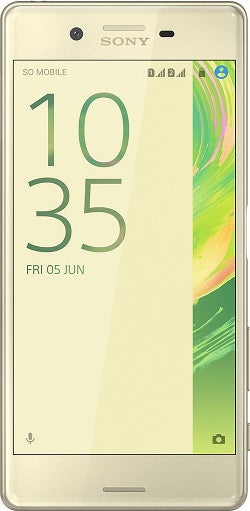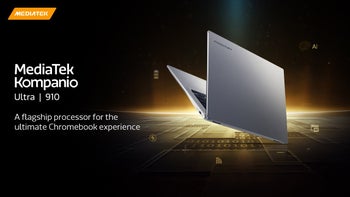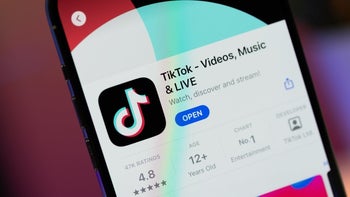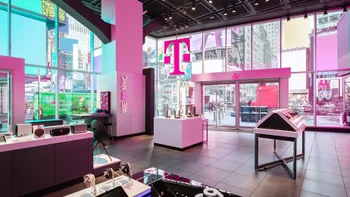The subtle danger of unlocked smartphones: Network compatibility

LTE frequency bands
Today, you can stream a gigantic, 4K UHD movie on your phone using your LTE connection. That's incredible—a decade ago that would have been unthinkable. But that LTE connection operates within the rigid world of physics, and in this case 'spectrum'. In simple terms, all networks beam signal from their towers at a given frequency, typically denoted by a mega-hertz.
For example, Verizon supports LTE bands 2, 4, and 13. That's the easy way to refer to them, though these denote the 1900MHz, 1700MHz, and 700MHz frequencies if we're being more specific. You can get by with a device that supports just one or two of these in order to get LTE on Verzion's network, and many people consider this a green light to import that dank Elephone, but keep in mind that this will almost inevitably lead to a subpar experience.
Lower versus Higher frequency bands

The invisible waves in the air that make mobile communications possible.
Even if you're not a techie, you might have heard it said that lower frequency bands (i.e. 700Mhz) are somehow inherently superior to higher frequency ones (say, 1900MHz). That's true, but only to an extent.
The lower the frequency, the easier it is for a single cell tower to propagate signal. This means that one 700MHz tower, all being equal, can outperform a 1900MHz one in terms of coverage, as well as penetration. That is, lower frequency bands are better able to make their way through walls and such, and suffer lower attenuation. So if you live in an urban area, these towers are ideal, and they're also pretty popular in rural areas where coverage is more of an issue compared to capacity (or speeds).
While the above is a fact, higher frequency towers are usually enmeshed with lower frequency ones in order to improve the capacity of a carrier's network, specifically in metro areas where every subscriber is fighting for bandwidth. These are more numerous because of their shorter range, but this also means they provide higher capacity.
In short, then, you want a smartphone that can utilize both high and low bands for optimal performance. Otherwise, you're running the risk of being stuck with a congested tower in the city, or lack reception altogether when in the wild (relatively speaking, don't expect to get reception everywhere).
Carrier certification
The above was a very simplistic look at the role frequency bands play into overall network performance. In reality, an unlocked device, especially one imported from abroad, is almost assured to perform relatively worse than one that is sold directly by the carrier, all things being equal. That's because, while we love to hate on carriers for their slow and painful (from manufacturers' perspective) certification procedures, therefore slowing down the rate at which we get software updates, these are there for a reason.
Nobody understands a carrier's network better than... you guessed it, the carrier itself. Apart from the basic criteria for eligibility (i.e. the aforementioned support for bands), carriers also further optimize devices for better performance on their networks. You probably don't really consider this aspect of the performance equation, but even things such as elevation and atmospheric conditions can affect your reception. A carrier-certified device will usually balance these out so you get the best possible experience—it is in their interest, after all.

Case in point - the Xperia X doesn't support all of Verizon's and Sprint's LTE frequency bands
Real-world examples
We mentioned Sony, which is a popular maker that regularly doesn't partner with US carriers for its releases and instead sells its devices through its own website and third-parties such as Amazon, Best Buy, B&H Photo, and so on. Say you dig the latest Sony Xperia X or Xperia X Performance, for example.
Apart from not being network certified, these two also have no support for bands 13 and 25, but cover bands 2, 4, 12, and 17 among others. Using the cheat sheet table I stole from Victor's piece, we can surmise that these two Sony high-ends support all of AT&T's and T-Mobile's bands, but have spots for Verizon and Sprint. In result, performance on the latter two's networks will not be ideal.
| Carrier | 4G LTE Bands | Frequencies |
| AT&T | 2, 4, 5, 17 | 1900, 1700 abcde, 700 bc |
| Verizon Wireless | 2, 4, 13 | 1900, 1700 f, 700 c |
| T-Mobile | 2, 4, 12 | 1900, 1700 def, 700 a |
| Sprint | 25, 26, 41 | 1900 g, 850, 2500 |
| Europe | 3, 7, 20 | 1800, 2600, 800 |
| China, India | 40, 41 | 2300, 2500 |
Still, the above scenario is fairly palatable. If you're the more exotic type, however, and are looking to import something like the Xiaomi Mi 5, there's trouble to be had. Not only is the Mi 5 a phone intended for the Chinese market, which uses a different type of LTE tech, but the two bands it supports for Western networks (band 1 and band 3) are incompatible with all of the major networks, and therefore the MVNO's that make use of that infrastructure.
Another hot example is the Xiaomi Redmi Note 3, which offers support for bands 1, 3, and 7, all of which, again, are useless for a user in the US who's looking for an LTE-capable smartphone.
So are unlocked smartphones a bad thing?
Absolutely not! This piece isn't a stab at the unlocked market, but merely a reminder that is often overlooked from what I've seen during my years serving as the unwitting phone expert in my circles. These same distinctions are valid outside of the US, too, though Europe has, over the years, been a much more important unlocked market for overseas manufacturers (mainly from China), and therefore enjoy better support.
This also has nothing to do with unlocked devices that you can grab directly from, say, Apple. That said, if you buy an unlocked iPhone, you still need to think about the network you're planning on using it on, as there exist different models of the device, compatible with different networks. For example, an iPhone supporting the GSM network of AT&T and T-Mobile will be incompatible with that of Verizon or Sprint, both of which rely on CDMA infrastructure.
So, in a nutshell, unlocked phones are just phones, but it's best you approach such purchases with this knowledge in hand.








![Some T-Mobile customers can track real-time location of other users and random kids without permission [UPDATED]](https://m-cdn.phonearena.com/images/article/169135-wide-two_350/Some-T-Mobile-customers-can-track-real-time-location-of-other-users-and-random-kids-without-permission-UPDATED.jpg)




Things that are NOT allowed: